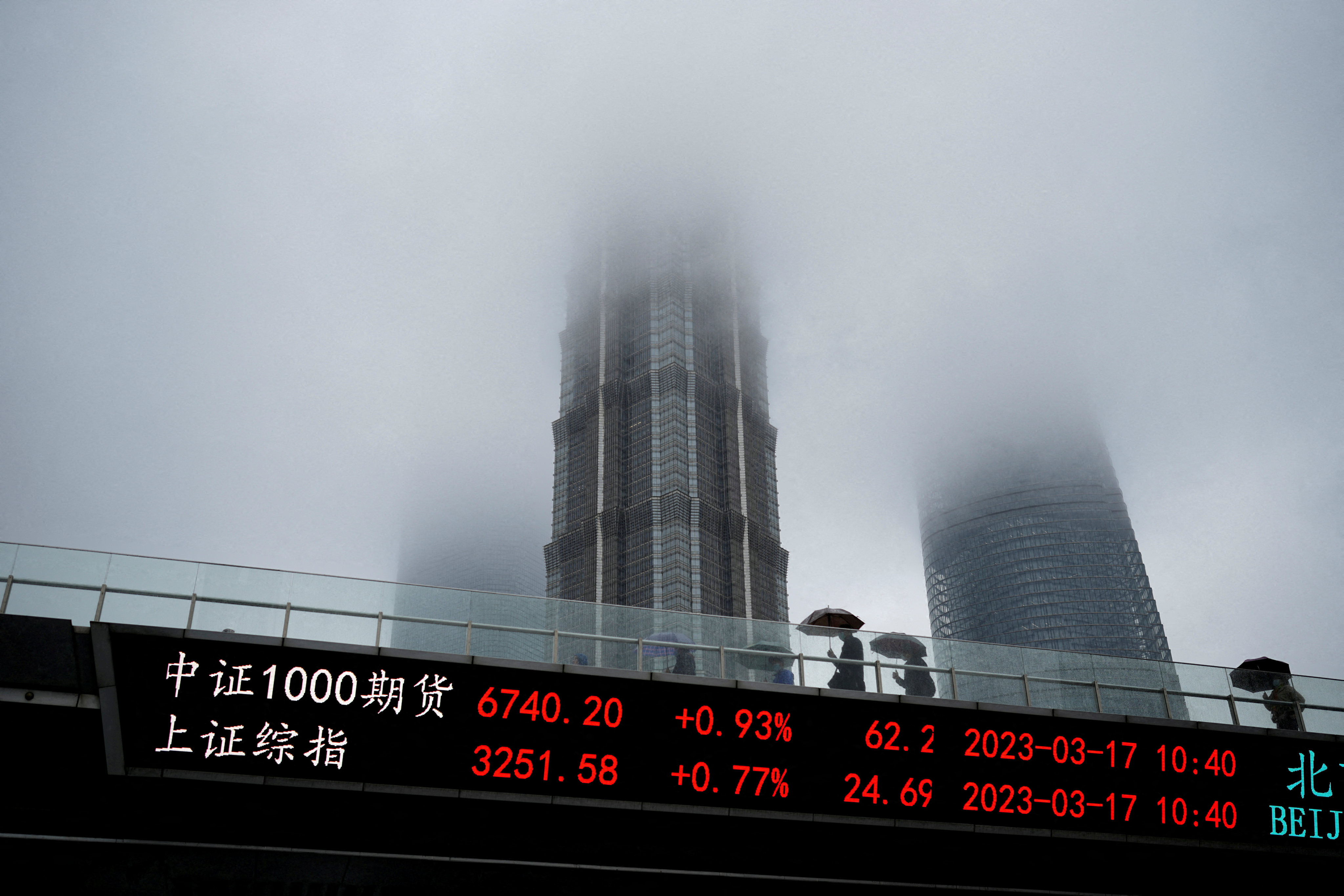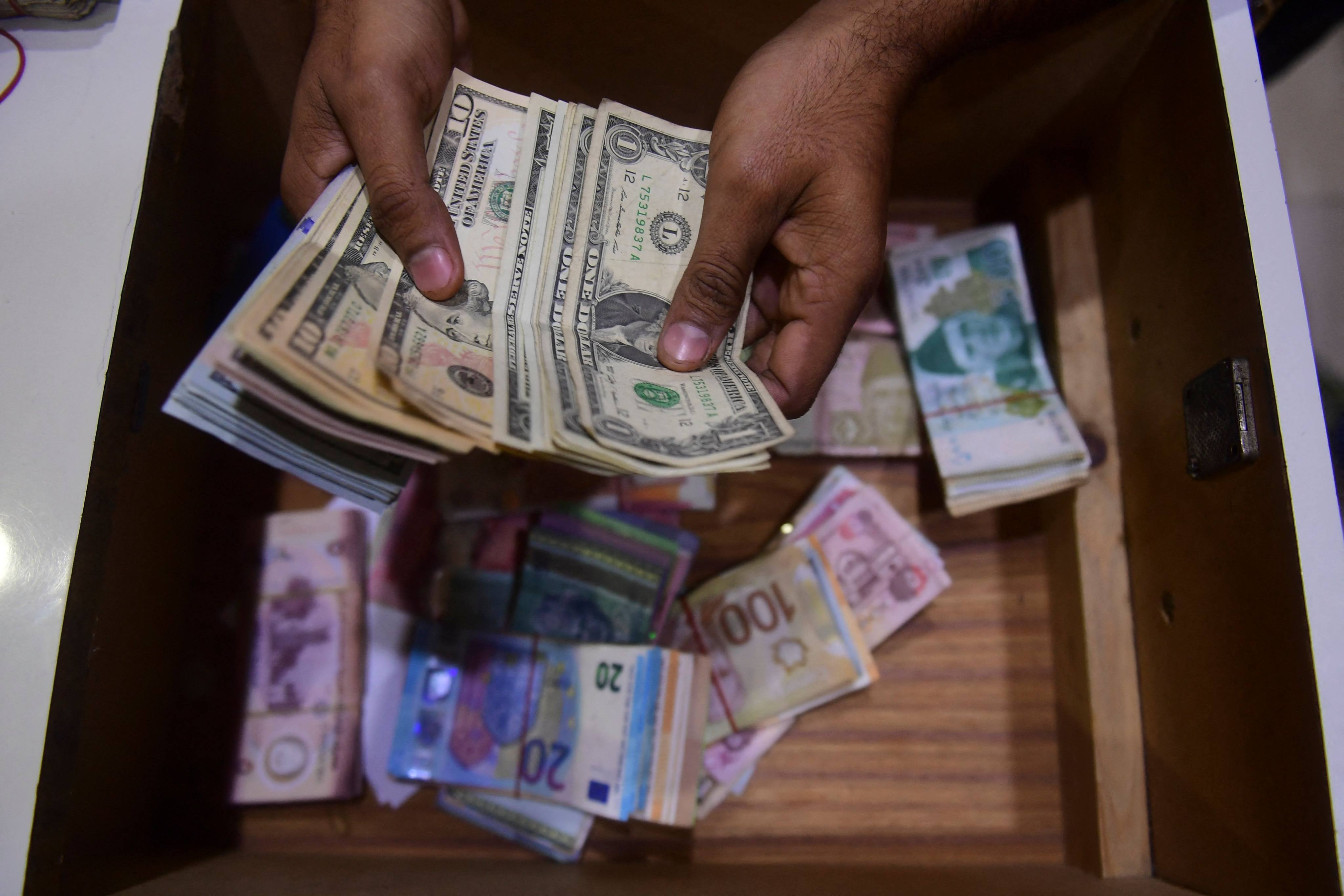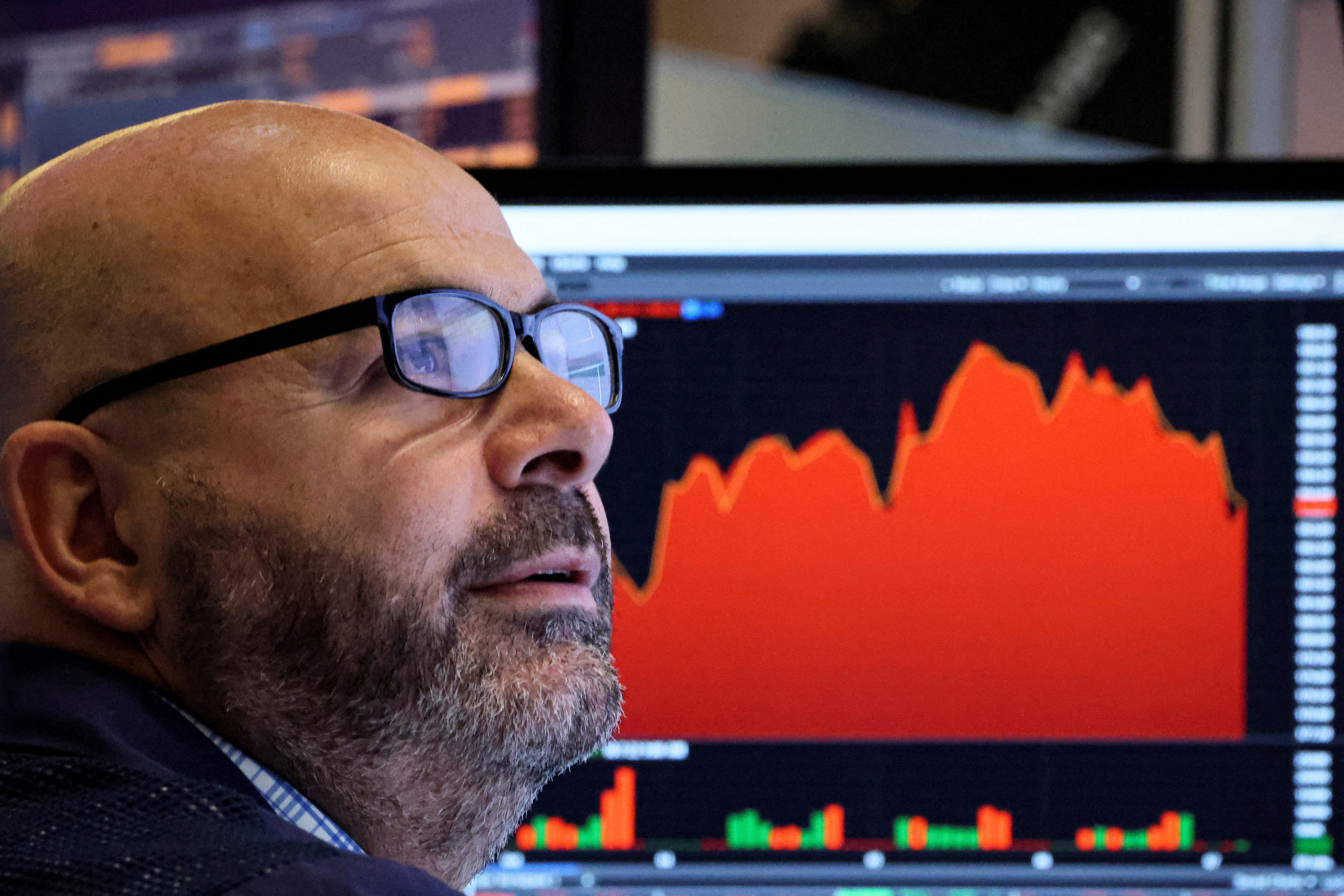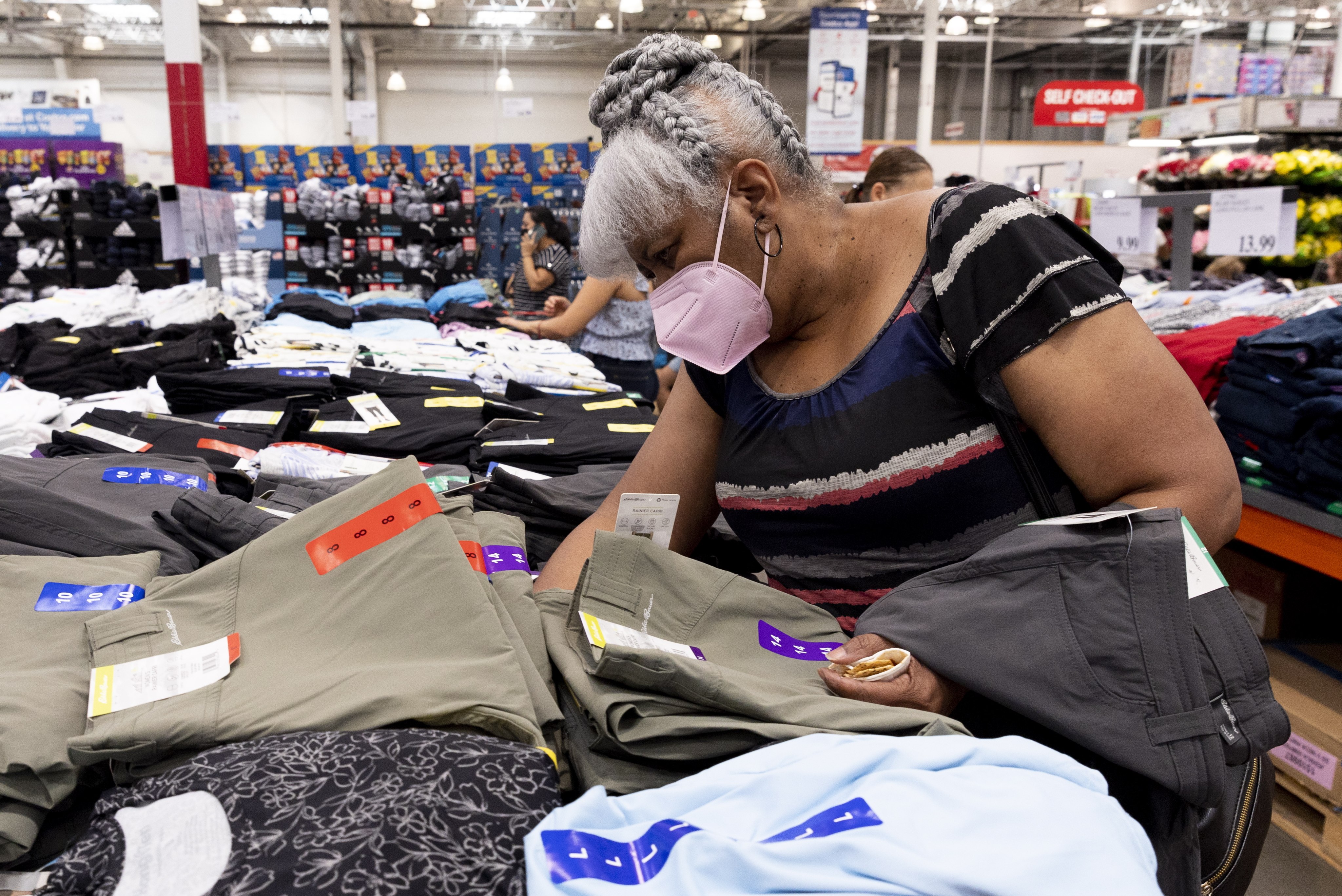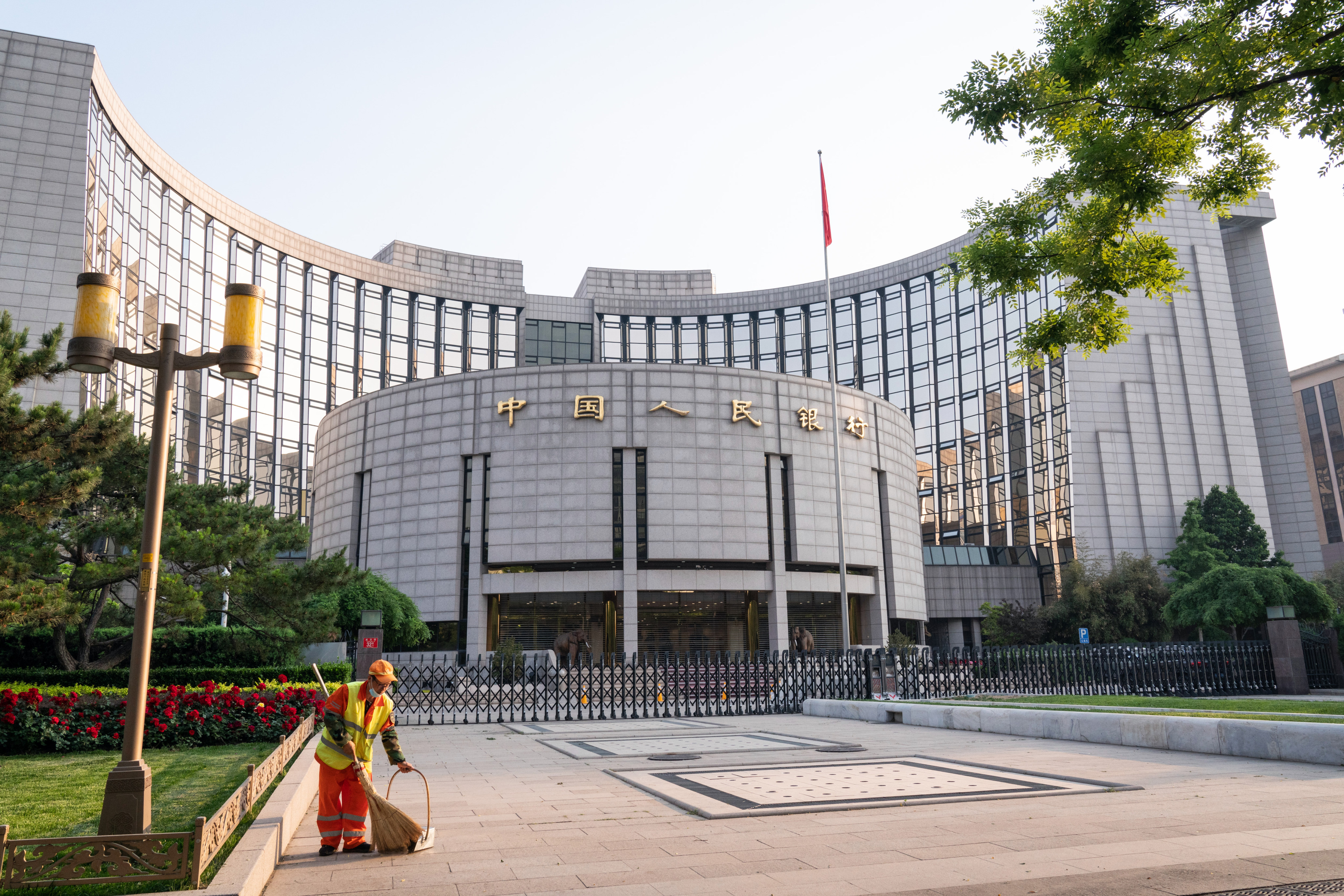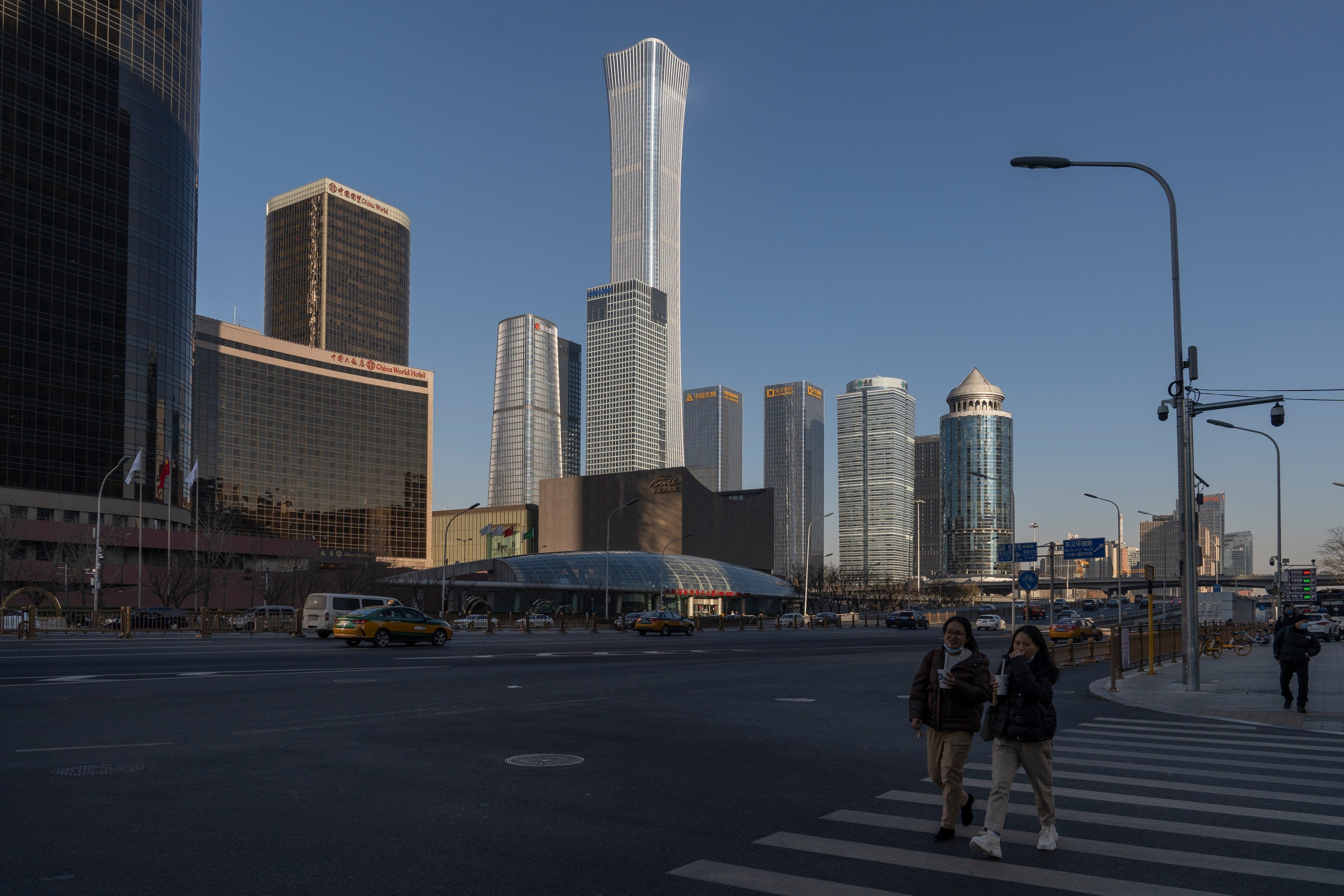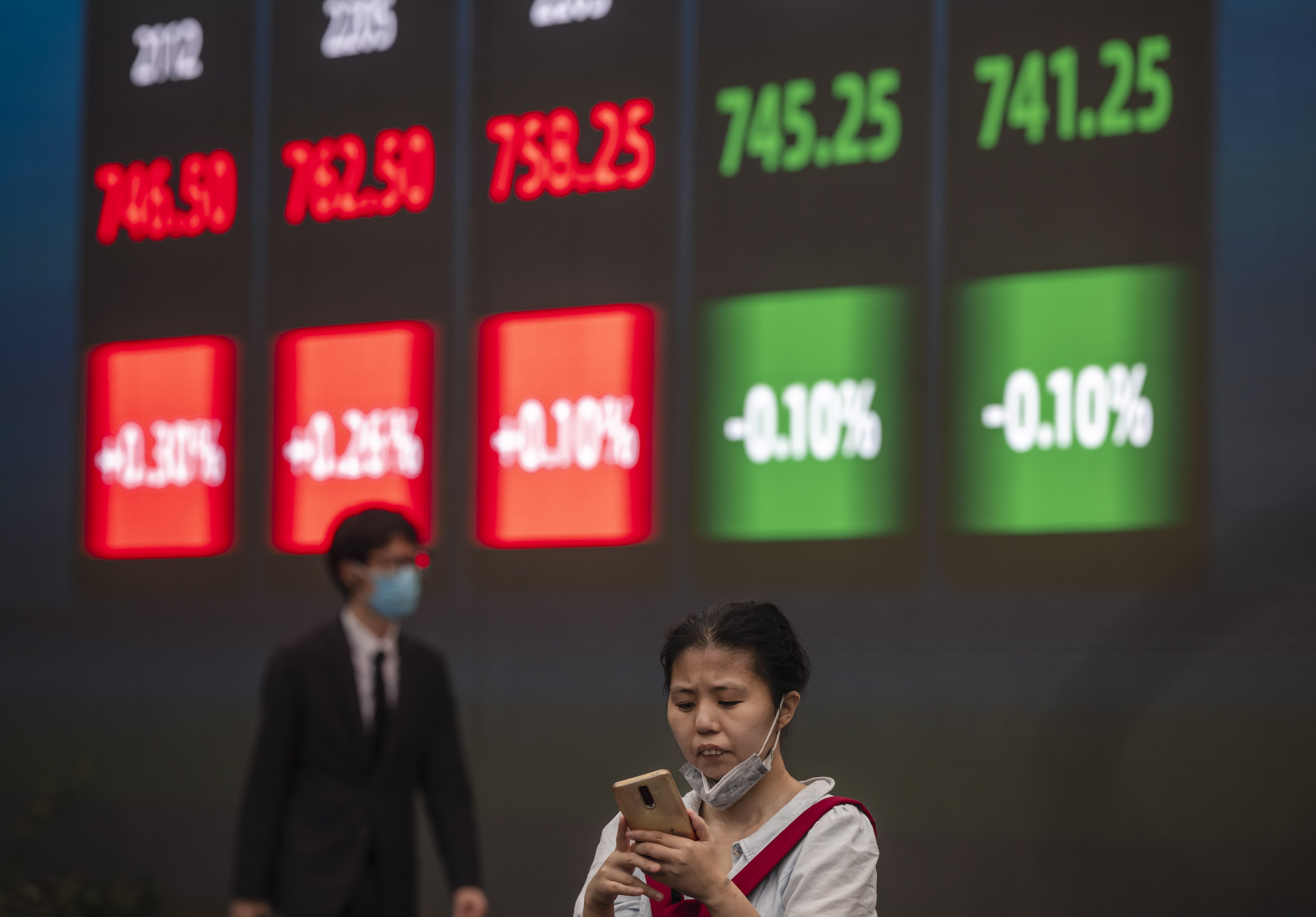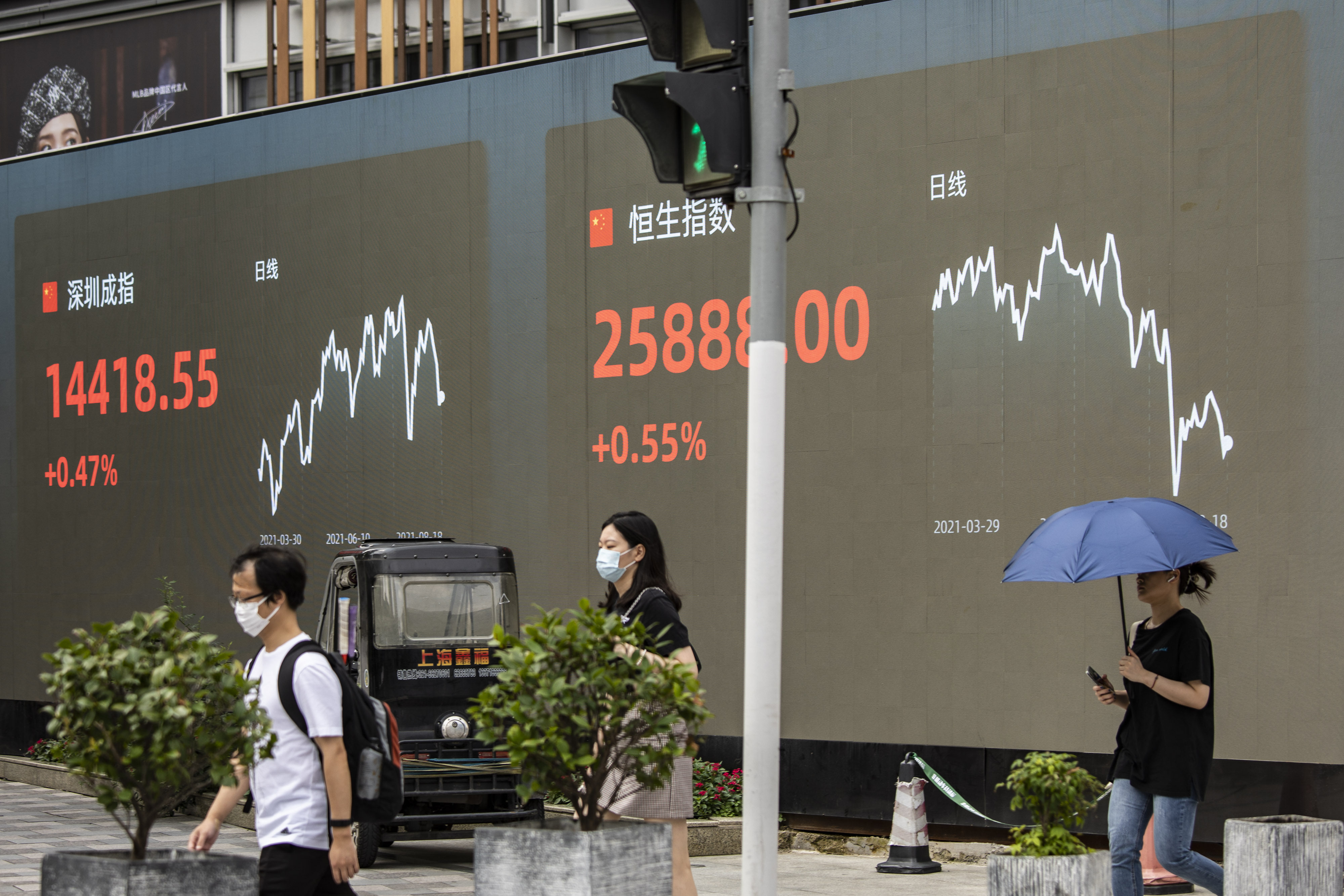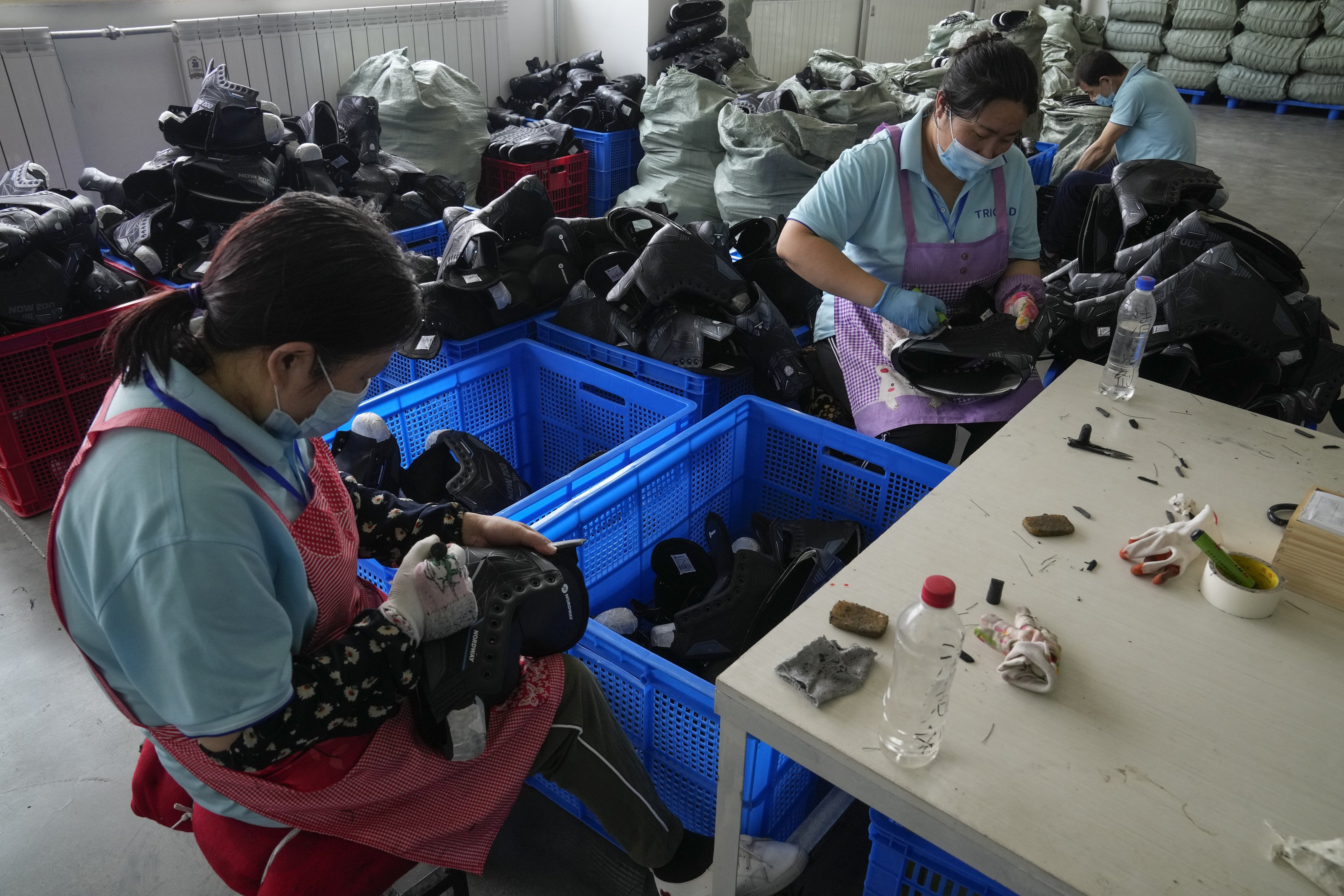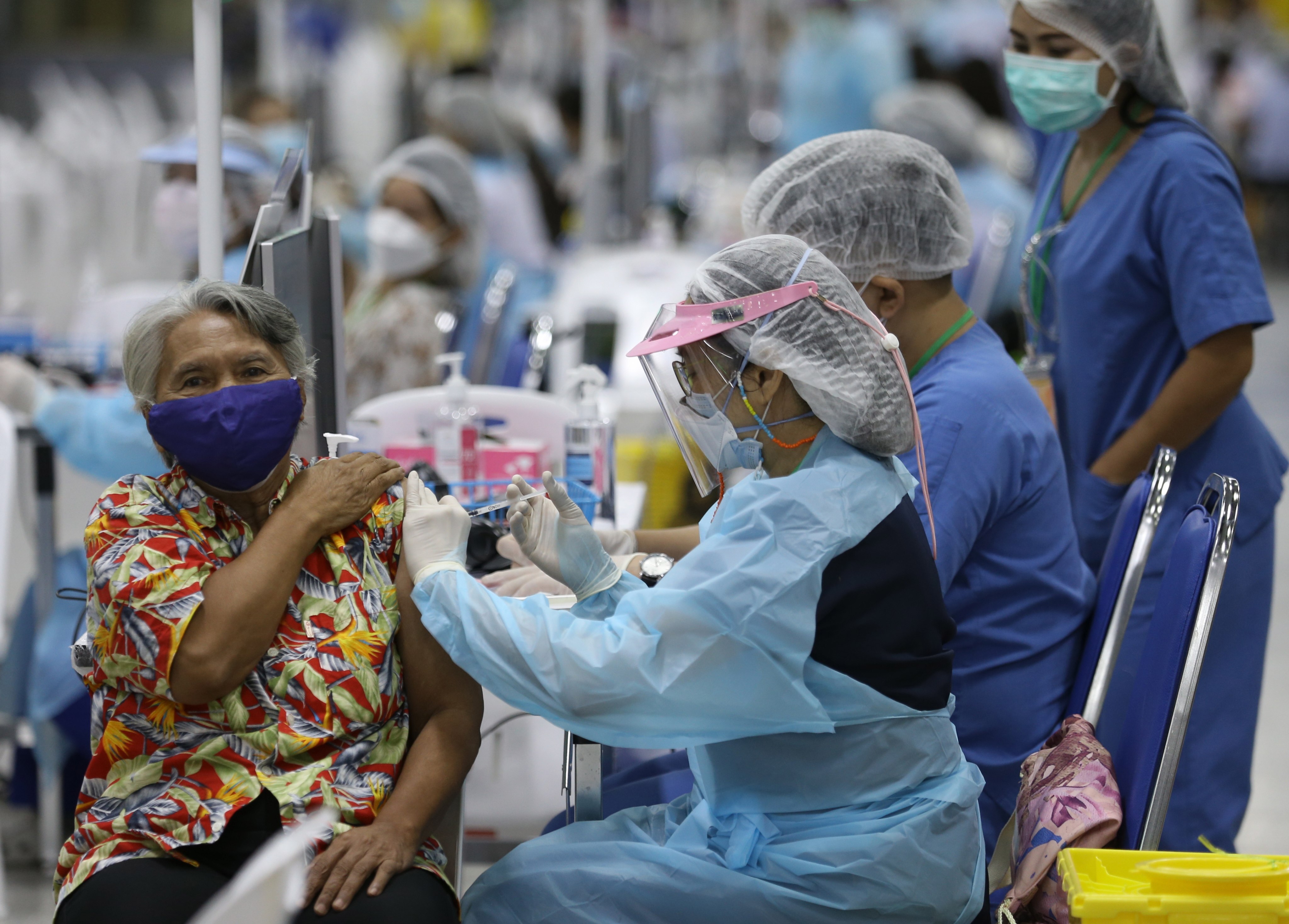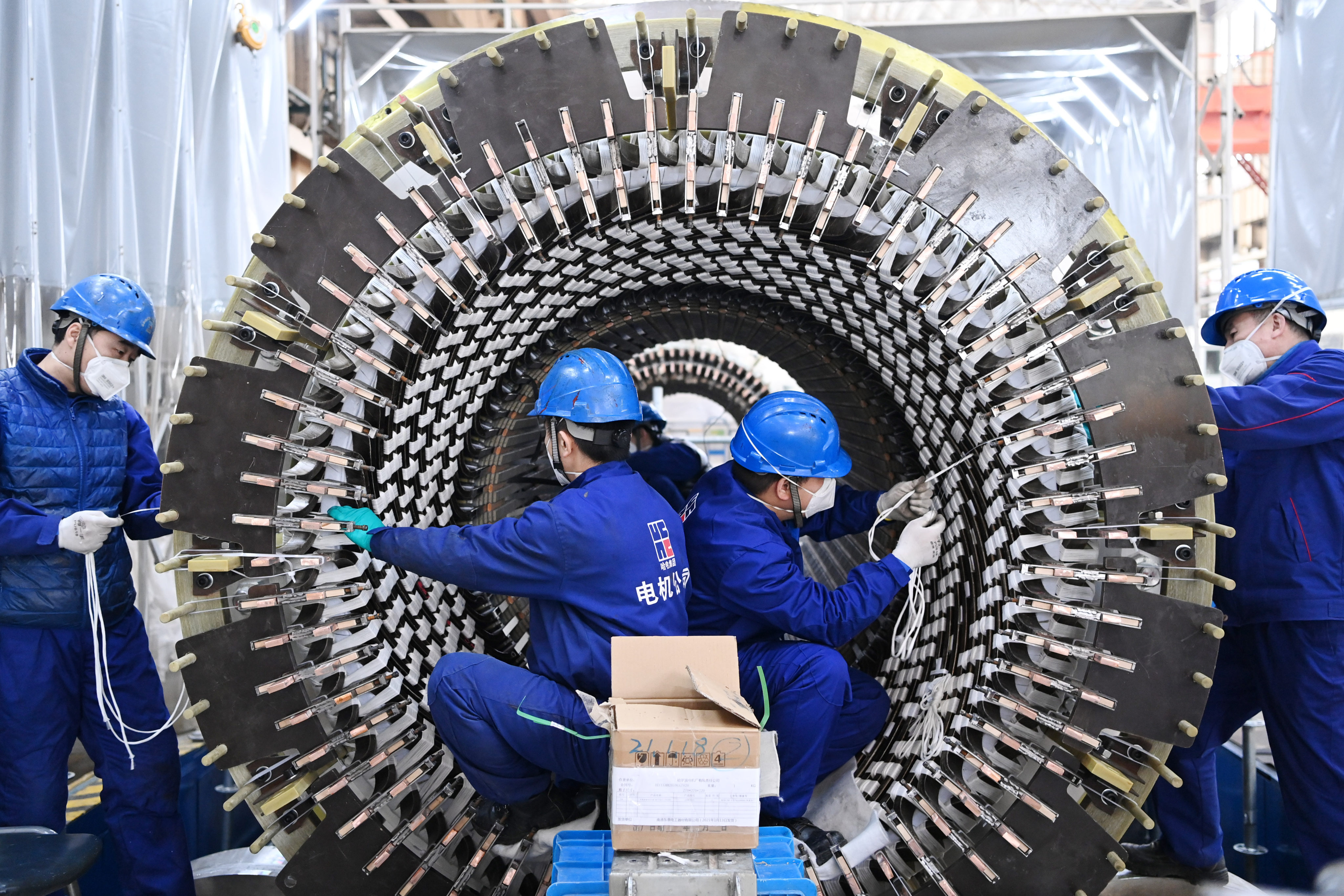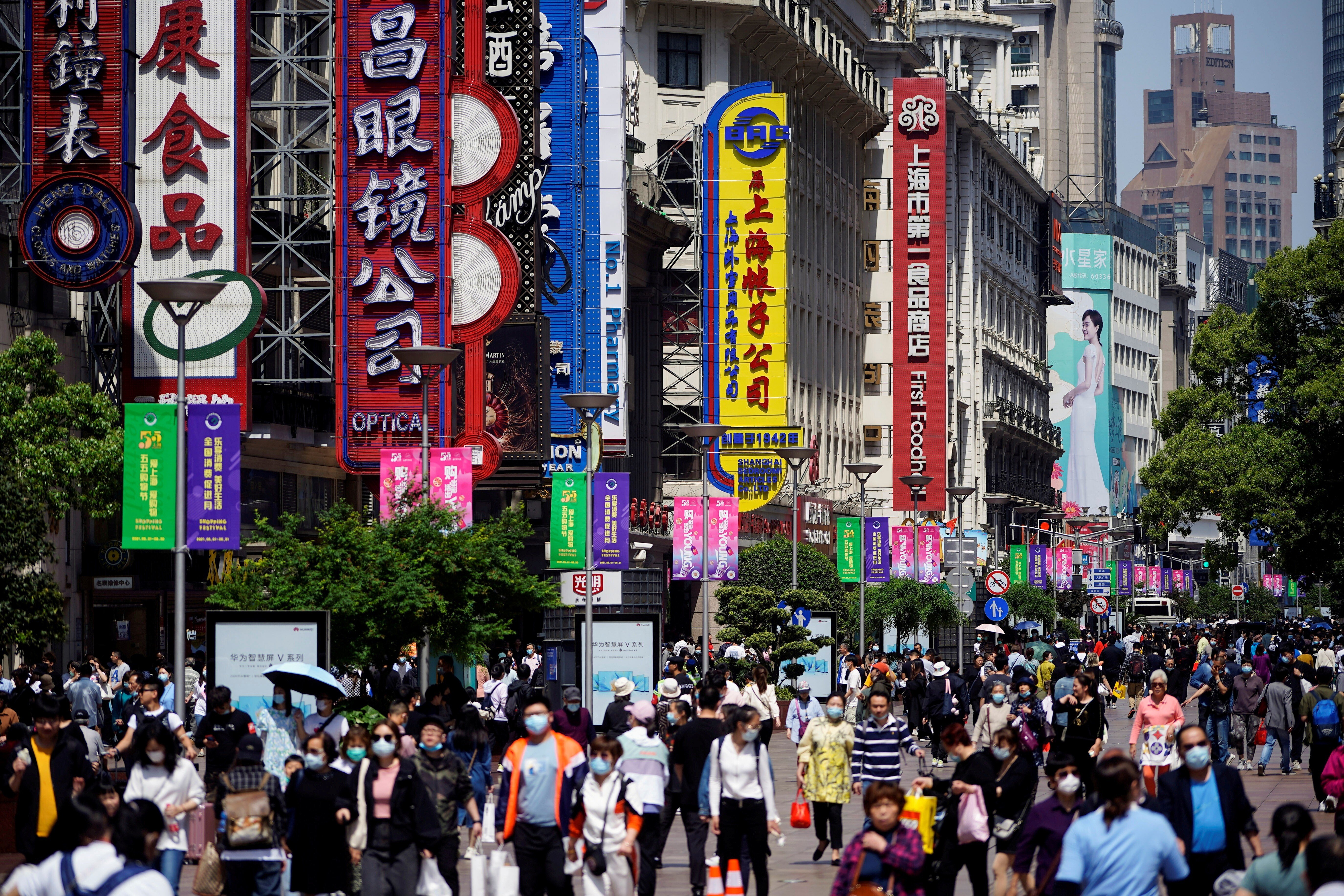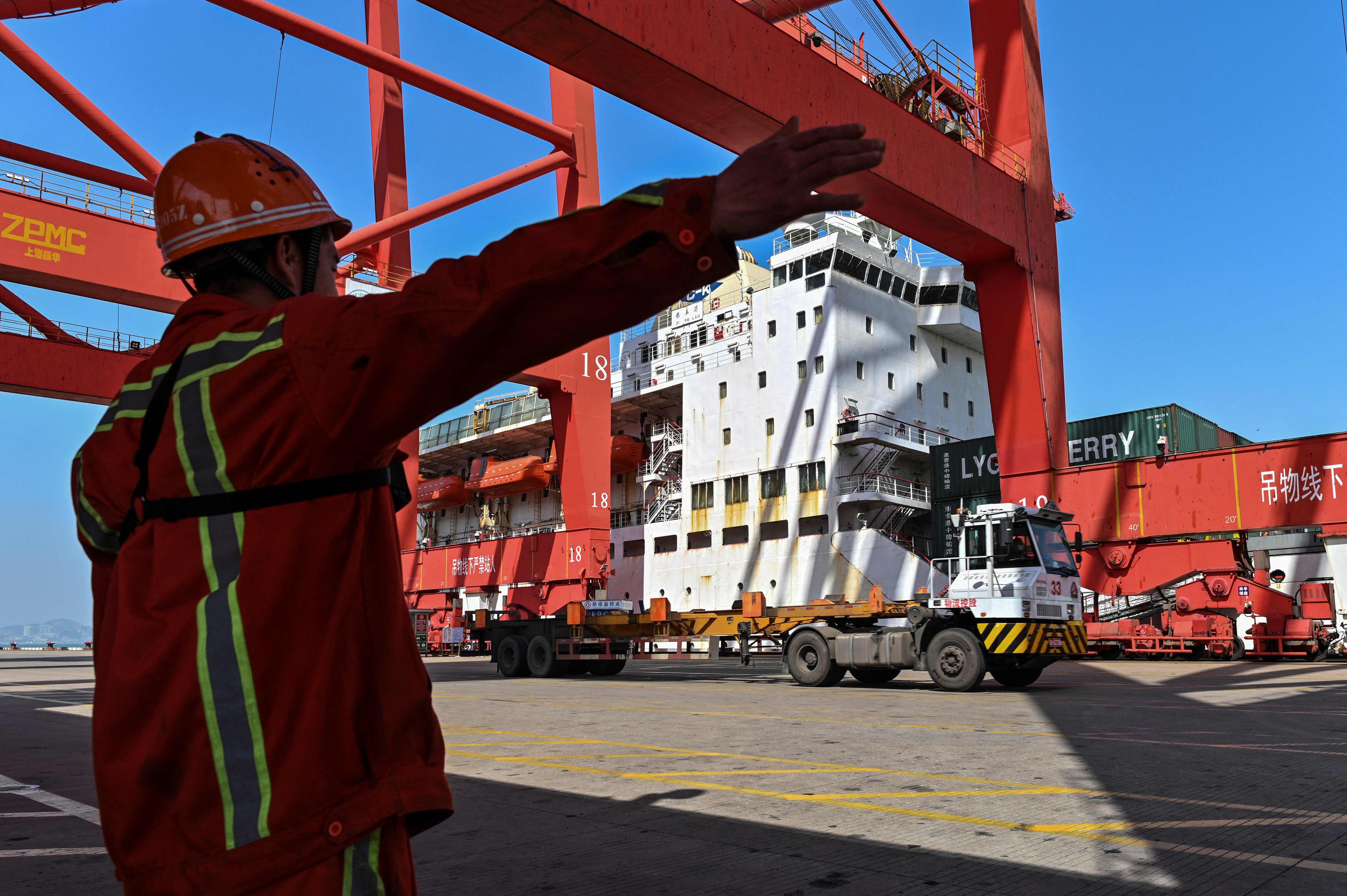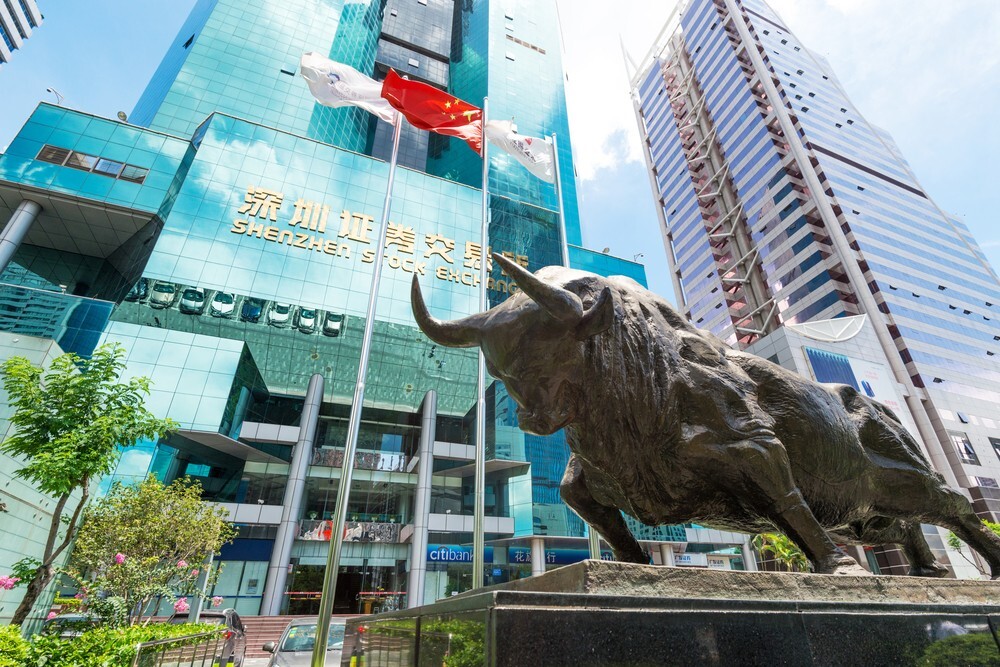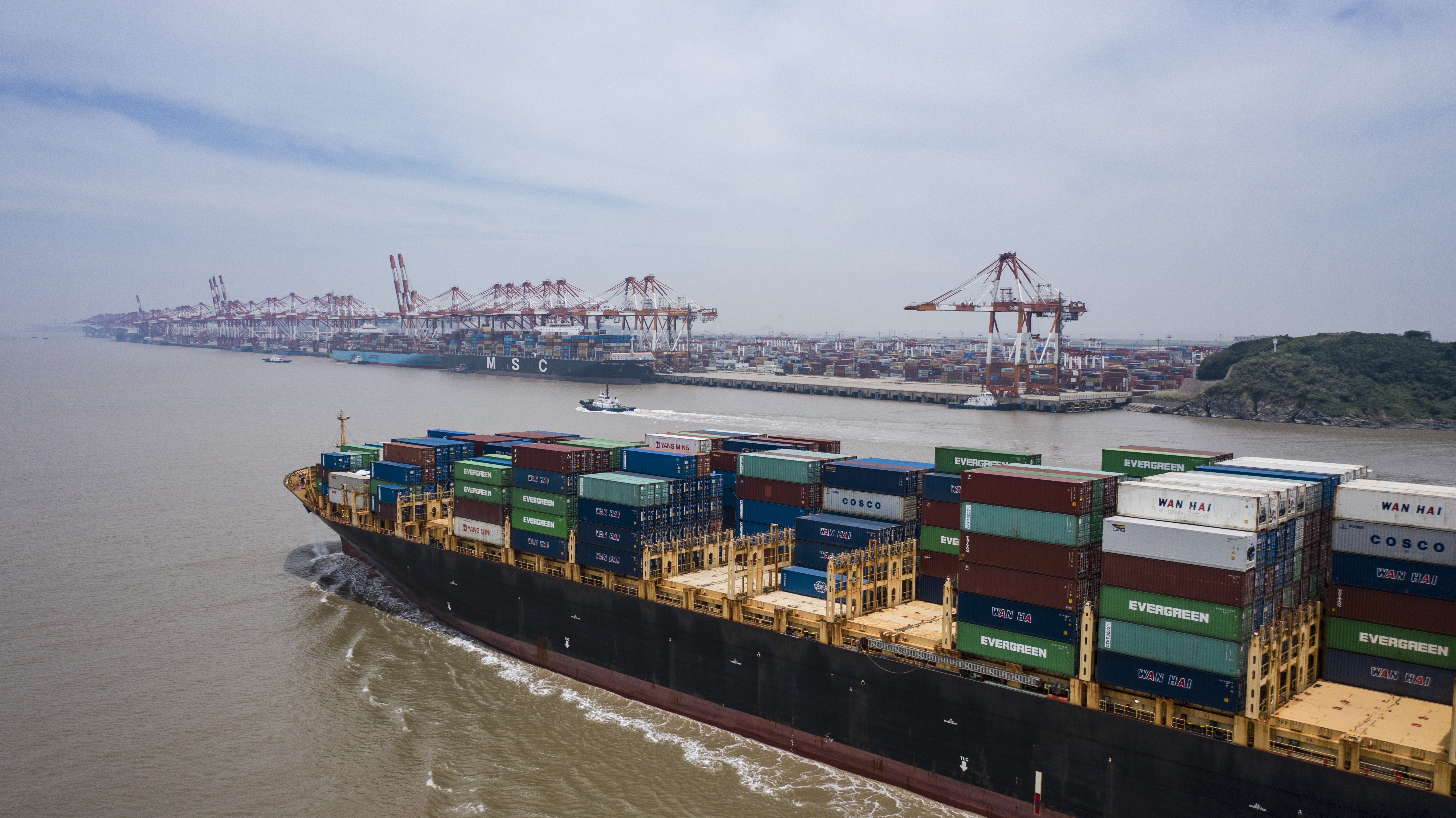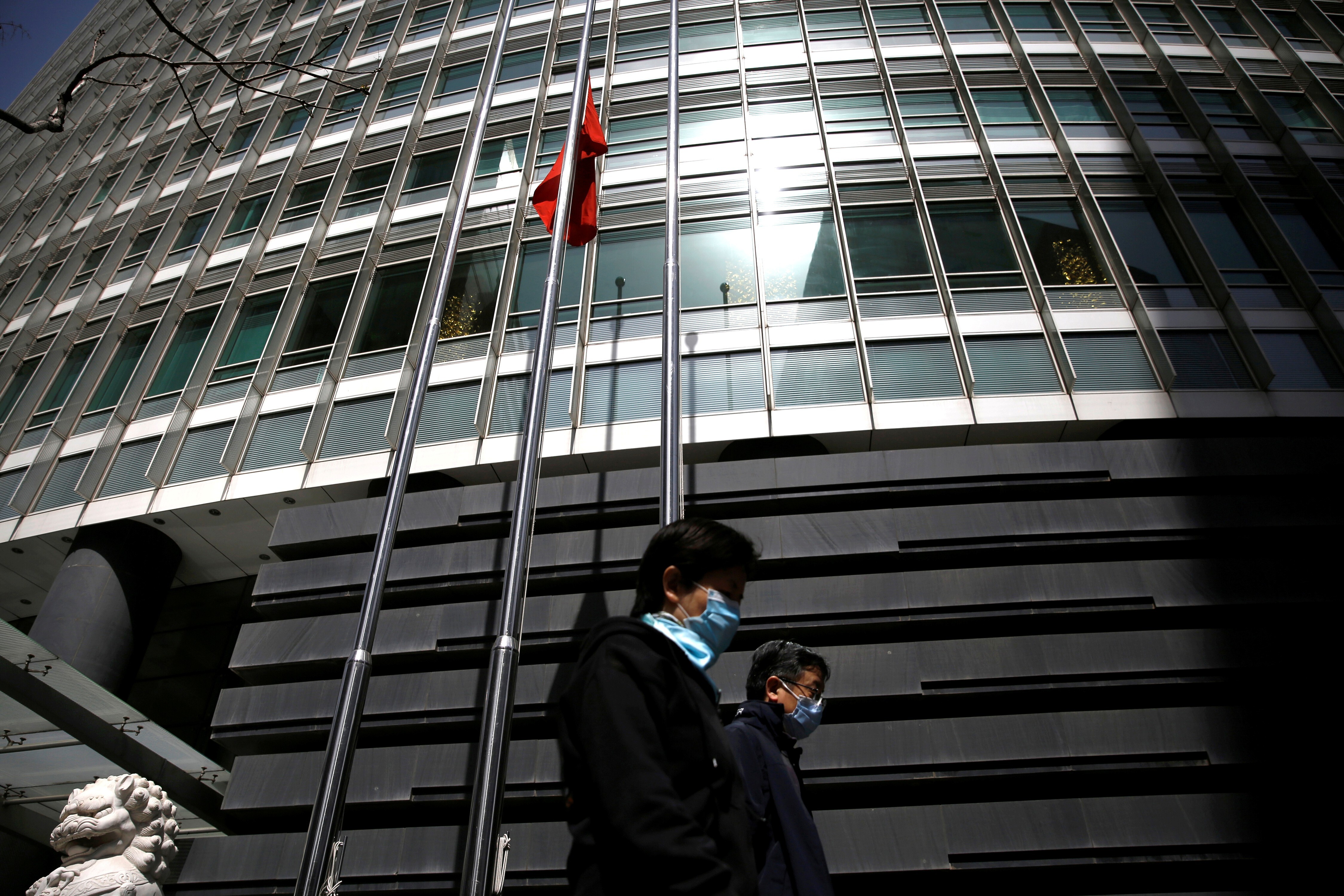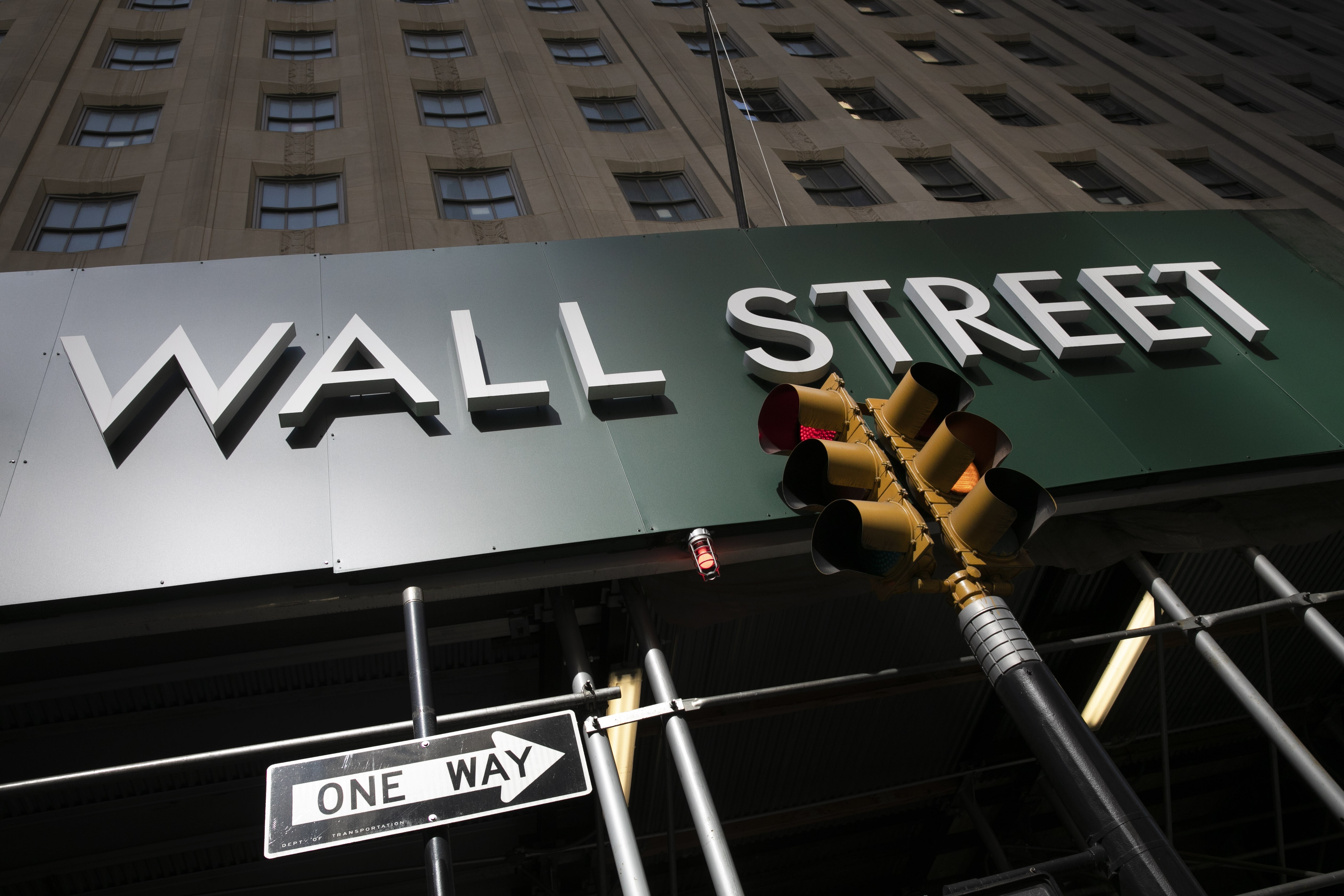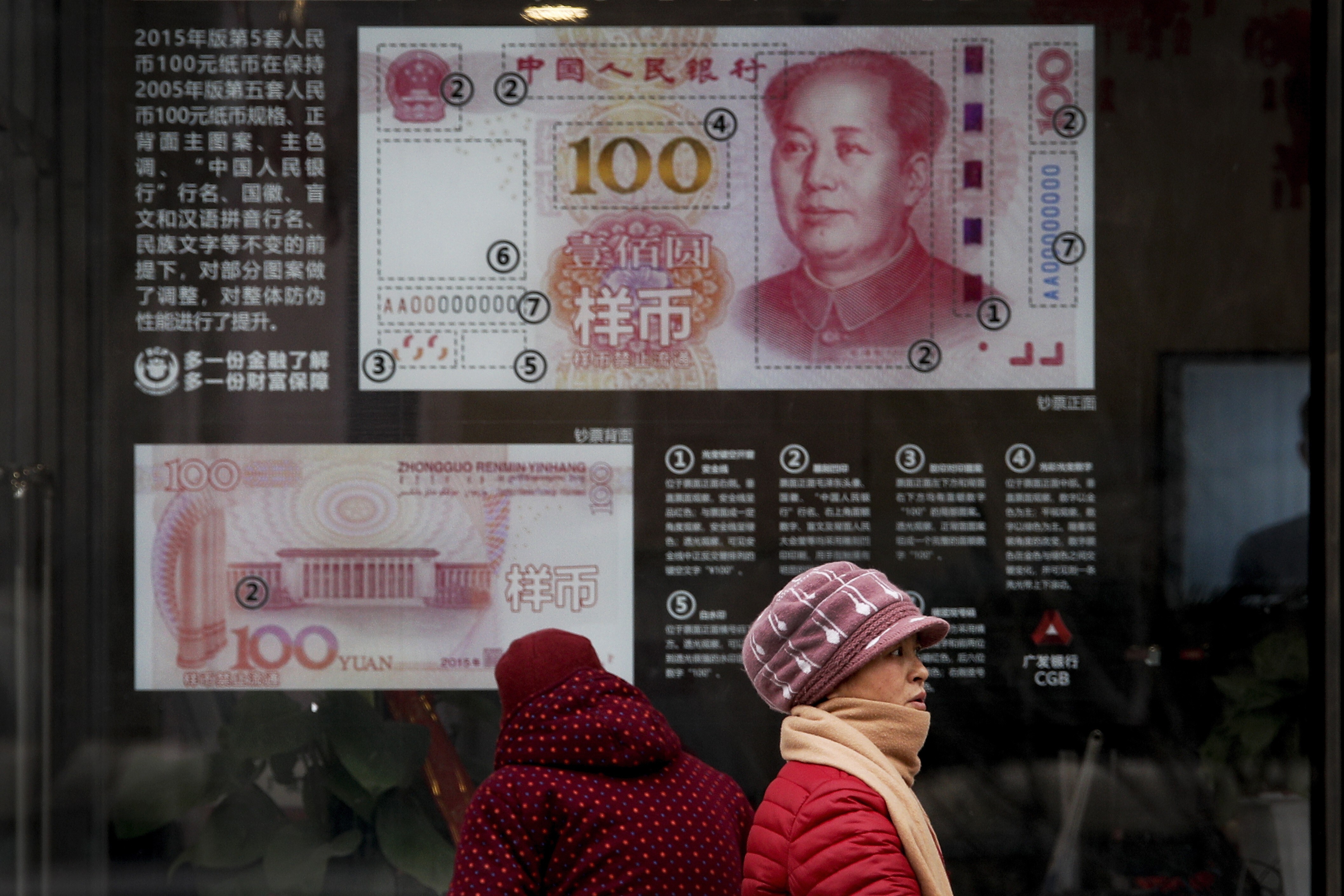Advertisement
Advertisement

Sylvia Sheng
Sylvia Sheng, vice president, is a global strategist on the multi-asset solutions team, responsible for communicating the group's economic and asset allocation strategy, based in Hong Kong. Prior to joining J.P. Morgan, she worked as a China and Asia economist at Bank of America Merrill Lynch. She has a PhD in economics from the University of Cambridge and an MPhil and BA in economics from the same university.
Emerging market stocks have had a lacklustre year so far compared with developed markets. However, the Chinese economy is still on the path to recovery, with policy easing looking increasingly likely, while growth risks loom for the US.
China’s economic reopening, reduced recession risks in Europe and expectations of policy shifts in Japan are acting as key catalysts to weaken the US dollar. As US exceptionalism in economic growth and interest rates fades with a more positive outlook elsewhere, the dollar has room to retreat further in 2023.
Inflation is cooling but remains above central banks’ targets, which suggests room for interest rates to rise further, putting pressure on markets amid a global slump.
Good governance, education, infrastructure and more are needed to integrate a growing working-age population productively into the economy. Asia must also capitalise on its close integration in regional supply chains and free-trade agreements.
Advertisement
The commitment of policymakers at major central banks to reducing inflation even if it drags down growth suggests another lacklustre year ahead. Cooling consumer demand and business investment are also fuelling a weaker growth outlook, but a pivot to looser monetary policy looks unlikely.
The outlook for the global economy remains cautious despite signs of US inflation easing and resilient growth in developed markets. Central banks in major economies are expected to continue tightening policy, dampening expectations for a rebound.
Both the US and Europe are likely to face a prolonged period of sluggish growth, creating a challenging environment for Asia. Economies more oriented towards domestic demand, such as China and India, may be in a better position to withstand the trade shock.
With inflation unlikely to constrain further policy easing, economic growth is set to recover gradually in the second half of 2022. Chinese stocks are well positioned to continue to outperform the rest of the world.
Persistent inflation, widespread uncertainty and an increasingly hawkish Fed have spurred concerns that the US economy could slip into recession. While the risks of a severe downturn have risen, strong corporate and household balance sheets should provide a buffer against tighter financial conditions.
Unsurprisingly, China’s Omicron wave has cut growth, dragging down emerging market stock values. But current valuations are a reflection of recent challenges rather than a sign of things to come, as China looks to ease monetary policy and step up its vaccination drive.
The crisis in Ukraine has exacerbated the issue of inflation in the US and Europe, and with Fed policy tightening on the horizon, global growth is likely to suffer. Yet, corporate and household balance sheets remain strong and China’s policy easing could help offset the drag on growth.
While inflation is running at multi-decade highs in the US, the UK and the euro area, it is posing less of a challenge in Asia. The PBOC and the BOJ, in particular, are expected to buck the hawkish trend, while gradual policy tightening is likely in India, Taiwan and some Asean economies.
China is revving up its engines of growth by relaxing interest rates and releasing fiscal stimulus while the US and Europe tighten policies and rates to fight inflation. But near-term risks remain, especially from Covid-19, so solid improvements may not be seen until the next quarter.
Beijing’s focus is on ensuring stable growth, but policymakers remain committed to pursuing long-term goals such as ‘common prosperity’.
The next decade should see continuing capital market reforms and significant structural changes in the Chinese economy, with profound implications for Chinese assets and their role in global portfolios.
Power constraints are expected to ease and property deleveraging risks remain low but investor sentiment is unlikely to change unless Beijing significantly eases its fiscal and monetary policies.
China’s faltering recovery is likely to weigh on the export performance of its regional trading partners, but policy easing by Beijing and solid demand from major developed economies are likely to mitigate the impact.
Although the variant is rapidly transmissible, higher vaccination rates should help mitigate economic consequences by weakening the link between new cases and bad health outcomes.
Major industrial activity indicators in May were disappointing and consumption recovery seems to be fizzling out. However, bad news on the growth front is good news for the policy outlook, with monetary tightening likely to be gradual.
For emerging markets, the inflation jump, while temporary, could put public pressure on central banks to raise interest rates. But Chinese policymakers see the commodity price surge as driven more by external factors, which cannot be directly mitigated by domestic policy tightening.
US data in March reflects an economic turnaround that is likely to persist, given the strong fiscal and monetary support and rising vaccination rate. Emerging Asia will benefit from the rise in US demand, but expect the higher US yields and a stronger dollar to put pressure on the stock markets.
The magnitude of monetary easing looks modest compared with previous cycles, with inflation an unlikely risk and growth taking the weight off debt leverage. Moving aggressively would destabilise jobs and SMEs – though this is still a possibility if economic recovery comes faster than expected.
Chinese equities will ride the recovery expected in consumption, GDP, manufacturing and exports, helped by a global wave of stimulus. The major risk is an overtightening of monetary policy, which is unlikely given Beijing’s pledge to avoid sudden policy turns.
While market sentiment has been dominated by hope that encouraging vaccine results will lead to economic recovery, the resurgence of the virus, especially in the US and Europe, means policy support must continue.
In Europe and the US, fears of a resurgence in coronavirus cases have weighed heavily on market sentiment. In contrast, China’s better control of Covid-19 and broader economic recovery explain the resilience of Chinese equities.
Apart from a winter resurgence of Covid-19 in the northern hemisphere, uncertainties about the outcome of the US presidential election, the future of UK’s departure from the European Union and US stimulus packages will make for volatility in the fourth quarter.
Demand for Chinese exports and bonds is likely to grow in the coming months as economies recover and Chinese yields continue to stand out. But US-China tensions remain a key risk.
China’s economic recovery is on track and policies are cautiously supportive. US tensions and tariff risks remain but China’s containment of resurgent infections lends its stock market characteristics of a relative safe haven.
The greatest risk to seesawing markets is an escalation in US-China tensions. While rhetorical sabre-rattling is unlikely to unsettle investors in the near term, an increase in tariff threats closer to the November election could see renewed turbulence.
The renminbi is backed by a Chinese economy that is recovering faster than others, an improving current account balance and a central bank not keen on devaluation. However, an escalation of US-China trade tensions could trigger a weakening of the currency.

